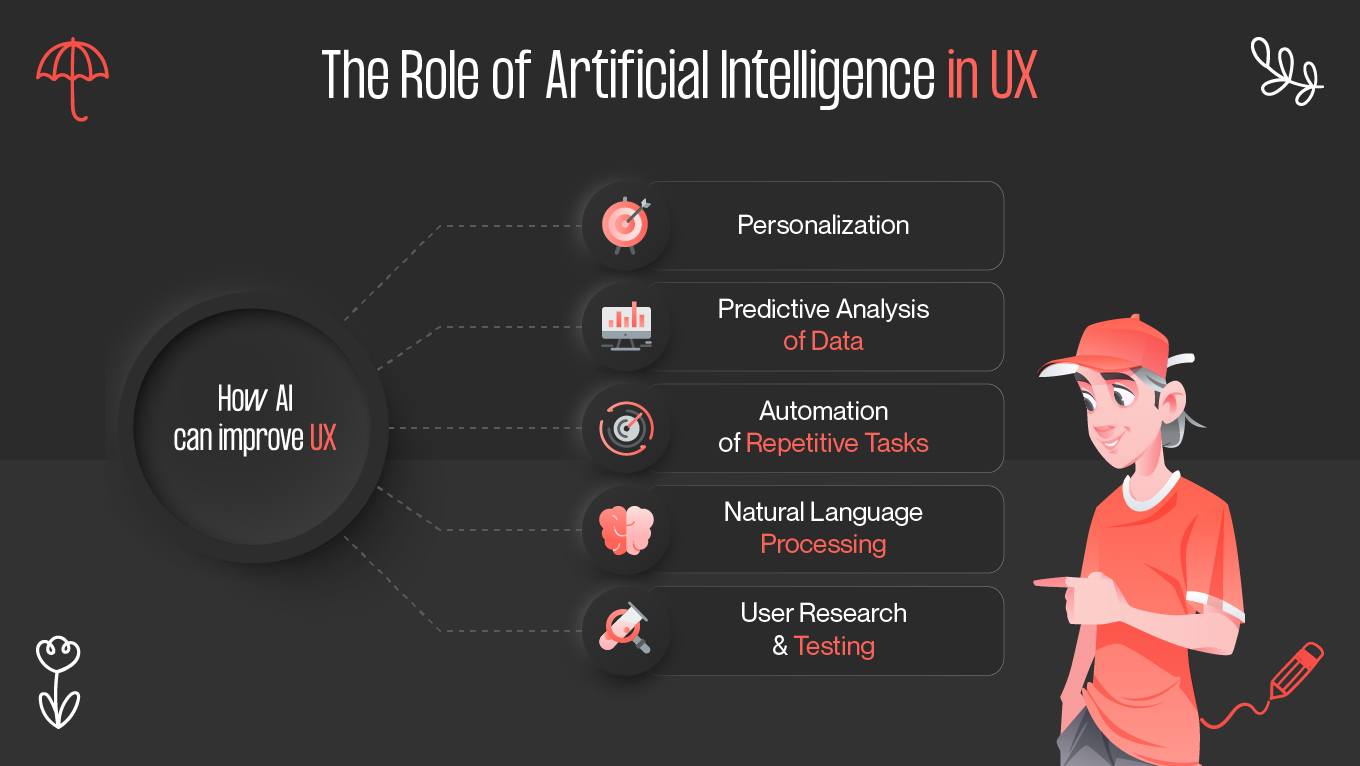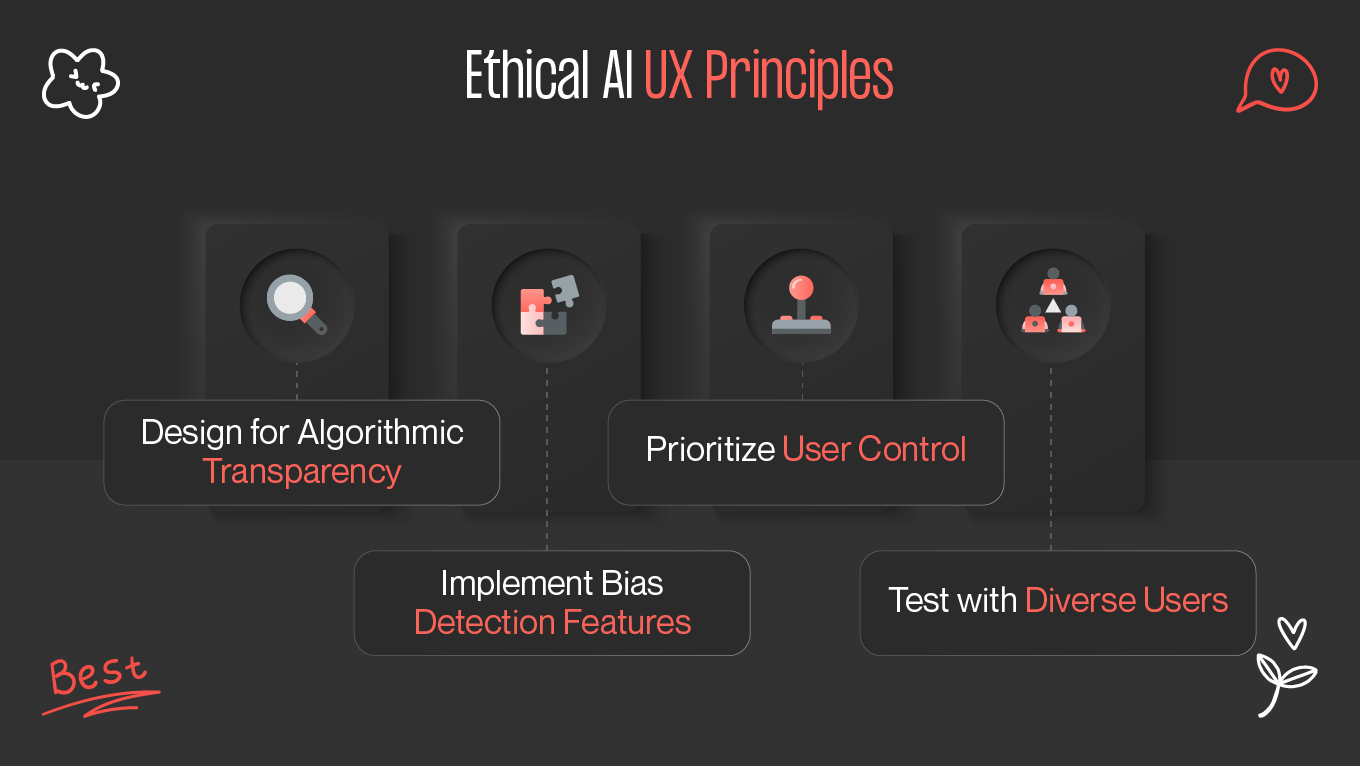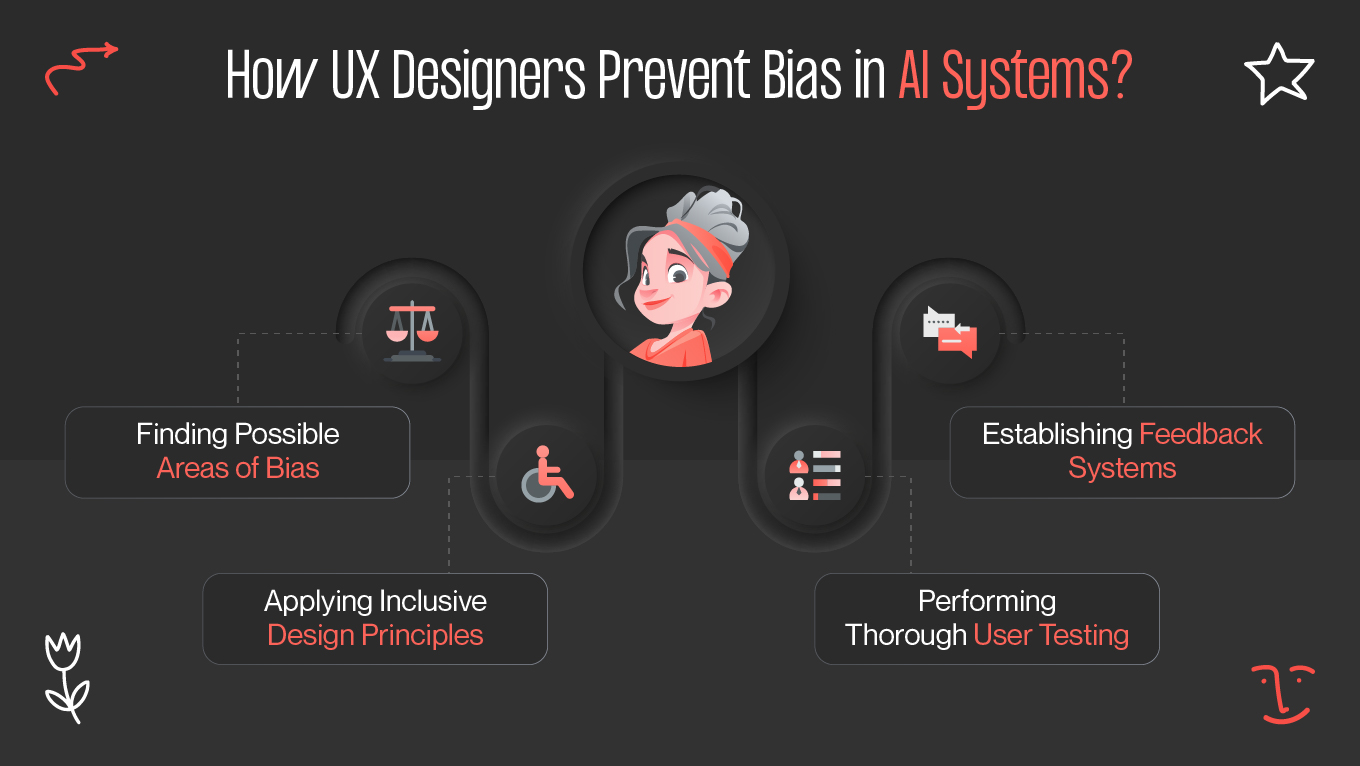Artificial intelligence directs the way we think and feel and what we do in life. The decisions we make today will determine the path of our upcoming period. We have a responsibility to make use of this promise for developing technology that shows compassion. An AI system needs precise engineering to understand the different requirements and moral standards that humans possess.
Designing personal AIs that empower humans is outlined in ethical AI UX. Since the technology has a significant impact on our lives, everyone involved in its development should consider AI's user experience (UX). This website provides links to additional in-depth information for each of the fundamental design concepts it quickly outlines.








